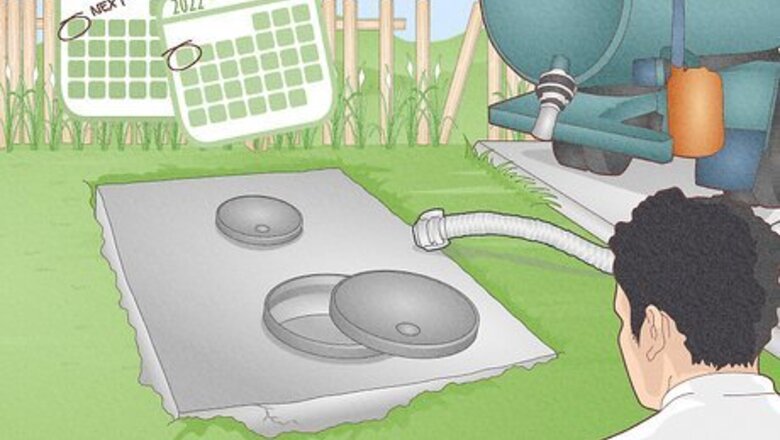
views
- After your tank has been pumped, get on a pumping schedule (typically once every 3 to 5 years) to keep your system in tip-top shape.
- Locate all the parts of your septic system, and keep an eye on them semi-regularly.
- Use water efficiently, and don’t flush or pour anything down the drain that doesn't belong.
- There’s no need to use septic tank additives or do anything special after getting your tank pumped. Just use your household water systems like normal.
What to Do after Pumping
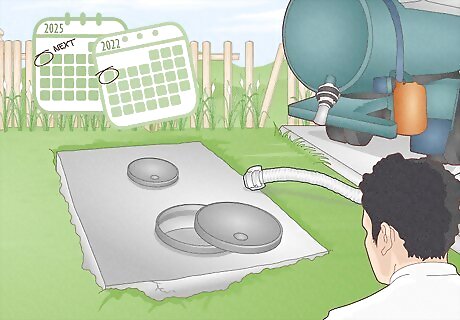
Get on a pumping schedule. Maintaining a regular pumping schedule ensures that your septic tank will never get too full (which can cause issues for your home and property). Talk to your septic tank company to get a standing appointment for your next pump. Watch out for signs that your septic tank is full in the next few years. If it fills up before your appointment, contact the septic tank company right away.
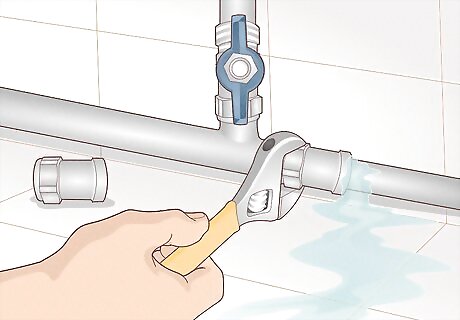
Use water efficiently. Even when your septic tank is empty, there’s no need to use more water than you regularly would. Continue to repair any leaky faucets, take shorter showers, and only wash full-size loads of dishes and laundry. Even though your septic tank is empty, try not to use more water than you typically would. Filling up your septic tank too fast can lead to issues, and it could cause it to fill up again too quickly.
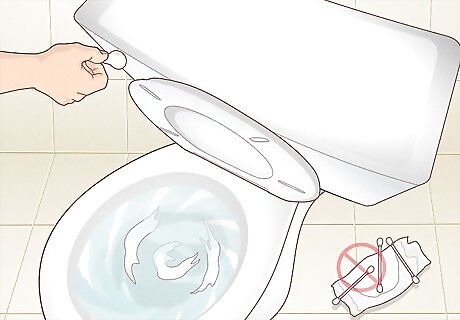
Only flush flushable items. One of the best ways to care for a septic system is to be conscious of what’s going into it. Make sure that you and your family members are only flushing waste and toilet paper. Things like menstrual products, cotton swabs, dental floss, and paper towels should all go in the trash. Flushing non-flushable items will not only disrupt the bacteria in your septic system, but can also clog your pipes.
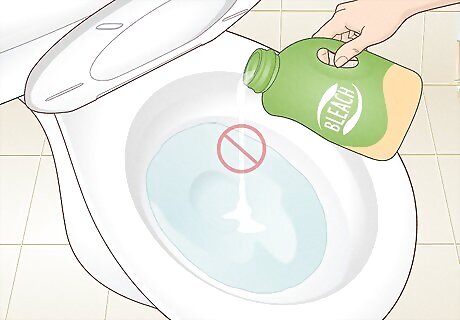
Don’t pour harsh cleaners or grease down the drain. Unlike other sewer systems, septic tanks collect everything you pour down the drain for years. As such, it’s important to be mindful of what you’re putting down the drain. Try to use natural cleaners instead of bleach or harsh chemicals, and avoid putting grease down the drain. Using harsh cleaners long-term can disrupt the bacteria in your septic tank, leading to issues down the line.
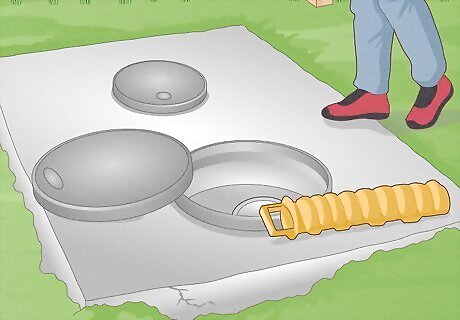
Find all the parts of your septic system. Finding your septic tank system is a great way to keep an eye on all the parts and inspect them semi-regularly. You can request information about your system from your local health department, or you can get in touch with the contractor who built the house. Still not sure where your tank is? Try asking your neighbors where their systems are. It’s likely that yours is in a similar area.
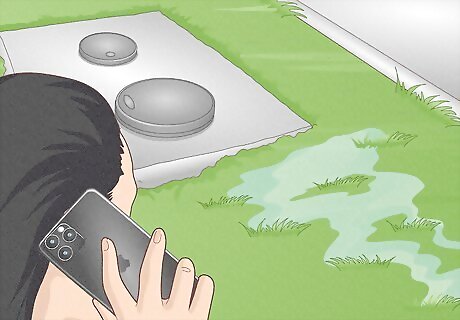
Make an appointment for any other issues you’re having. After your septic tank is pumped, you shouldn’t notice any changes to your home’s plumbing system. However, if you are experiencing plumbing issues (like leaking or sewage backup), contact your septic tank company. It’s possible that you could have a clog or a broken pipe, and they can inspect your entire system for you. Typically, professionals will use a camera to look through the lines and make sure that everything is working properly. EXPERT TIP David Balkan David Balkan Professional Plumber David Balkan is a Professional Plumber, CEO of Balkan Sewer and Water Main Service, and President of Balkan Sewer and Drain Cleaning. As a hands-on owner of these companies for over 40 years, David is knowledgeable about water service lines, sewers, and drain line issues. David is a Committee Chairman of the Master Plumbers Council and has sat on the Executive Committee of the Sub Surface Plumbers Association of New York for over 30 years. His knowledge and solution-oriented approach contributed to Balkan Sewer and Water Main Service being the largest and most trusted service in New York City and the recipient of the 2017 Angie’s List Super Service Award. David Balkan David Balkan Professional Plumber Leave septic work to professionals only. Never try to unclog or service a septic tank yourself. The septic gases present in tanks are dangerous. Call an experienced pro plumber with the right venting tools and training for safe septic system maintenance.
Do I need to use septic tank additives after pumping?
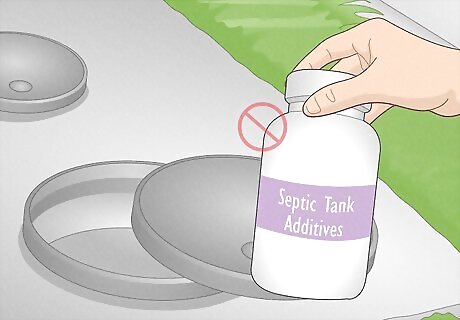
No, septic tank additives are not necessary after pumping. Septic tank additives are marketed as bacteria-additives that help your septic tank work properly. However, experts don’t recommend using them, as simply using your septic system like normal will introduce enough bacteria into your system over just a couple of days. Similarly, there’s no need to use home remedies, like yeast or dog food, to improve the bacteria in your septic tank.
Basic Septic Tank Maintenance
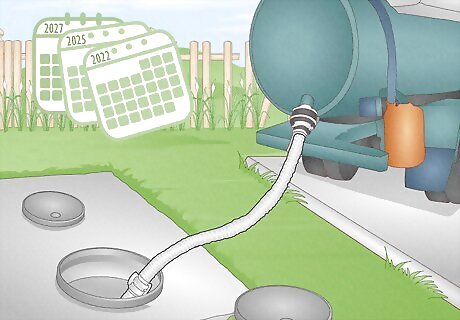
Get your septic tank pumped every 3 to 5 years. For a typical household using water like normal, septic tank companies recommend pumping every few years. There are a few factors that might influence this timing, like: Household size Total wastewater Volume of solids in wastewater Septic tank size Not sure how often you should be getting your tank pumped? Ask the septic tank company who pumped it last. They’ll get you on the right schedule.
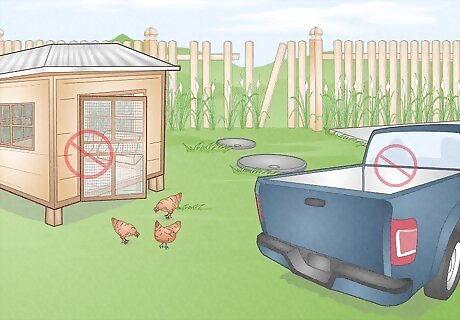
Maintain the area around your drainfield. The septic tank drainfield is a series of trenches that are typically underground. Once you know where these are, try to keep vehicles and livestock away from the area. Too much disruption can disturb the drainfield, leading to leaks. Planning to do any landscaping or home renovations? Mark the drainfield on your property to avoid digging it up.
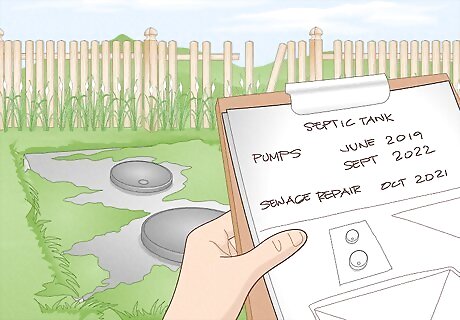
Keep a record of your system’s maintenance and location. A record helps you track what’s been done to your septic tank and what needs to be done in the future. You can usually access previous records from your local health department. Jot down when the septic tank was pumped, where it is on your property, and any other maintenance you get done.
















Comments
0 comment